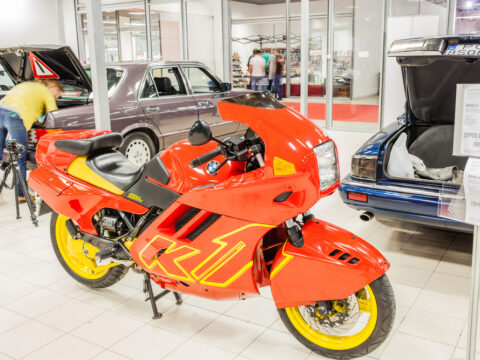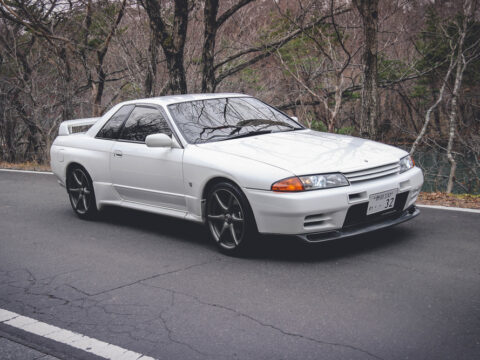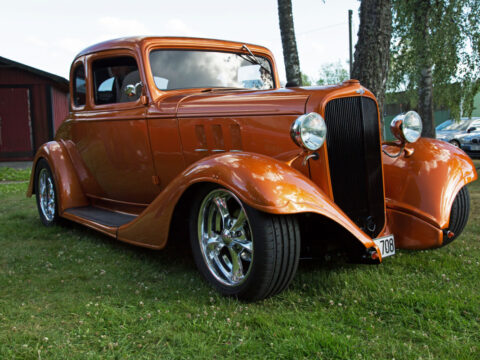In the storied history of Dodge, the brand has given us some truly iconic vehicles, from the muscular Challenger to the family-friendly Caravan. Yet, not every model that rolled off the assembly line was destined to become a classic.
Contents
Dodge Caliber

The Dodge Caliber has been criticized for its bulky, almost boxy shape, and the plastic-heavy interiors were seen as cheap. Many people feel it lacks the sleekness and aerodynamics commonly associated with modern vehicles.
Dodge Nitro
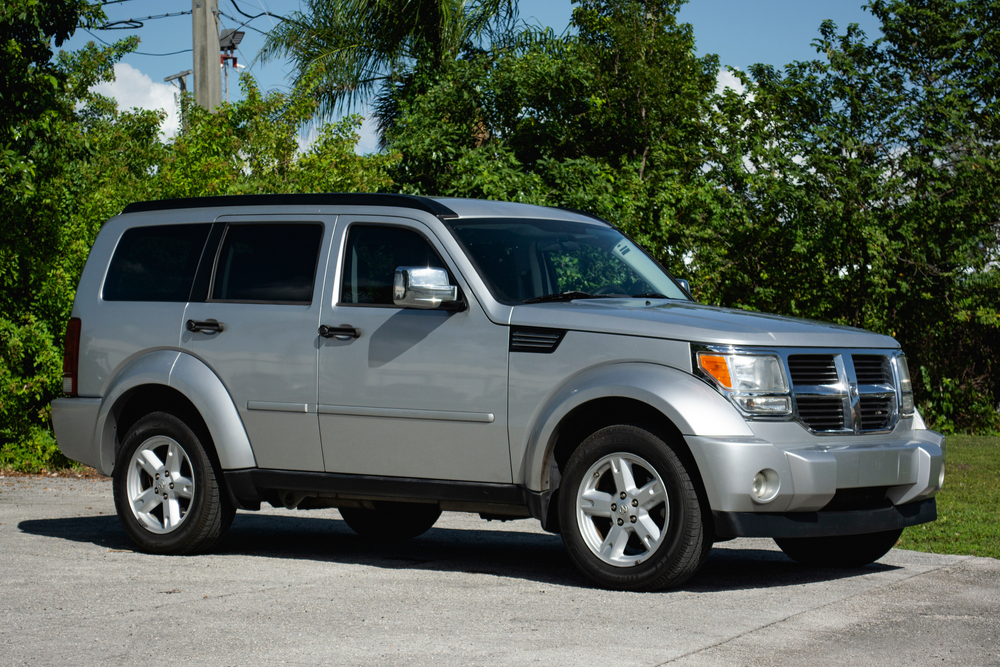
With its high beltline and rather blocky appearance, the Dodge Nitro was often accused of trying too hard to look tough. The result was a vehicle that appeared unwieldy and overly aggressive without the performance to back up its menacing aesthetic.
Dodge Aries
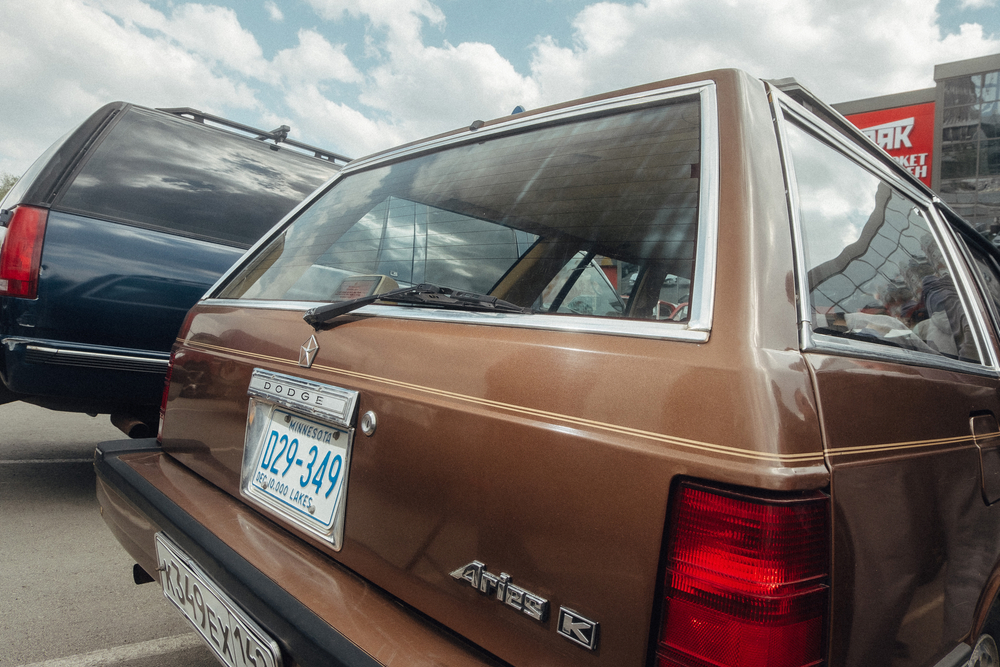
The K-Car platform, including the Dodge Aries, was functional and economical but was not winning any beauty contests. Its slab-sided design and uninspiring grille were largely functional but aesthetically mundane.
Dodge Avenger
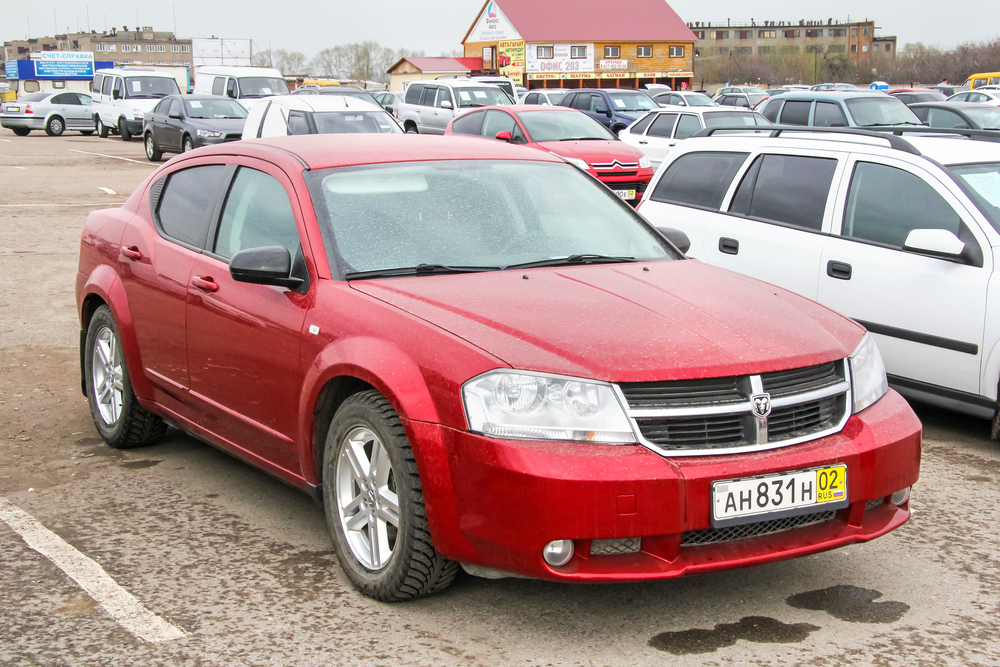
Criticized for its bland design, the Dodge Avenger never quite made a mark in the mid-size sedan segment. Its somewhat forgettable styling lacked the sporty or luxurious vibes that competitors offered.
Dodge Aspen
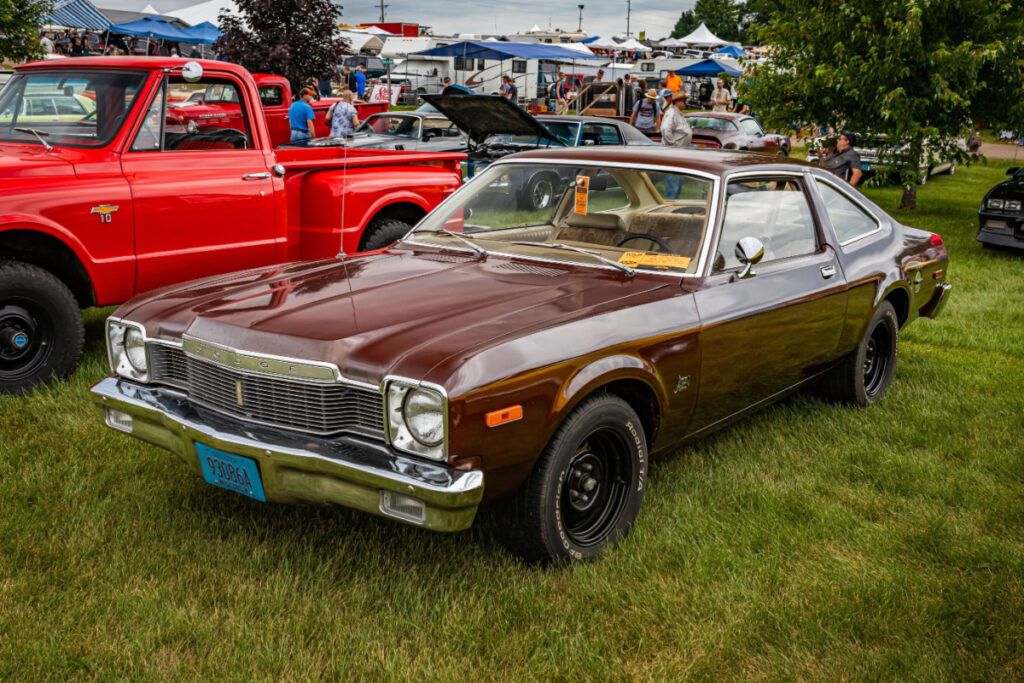
While it had some merits, the Dodge Aspen was largely seen as uninspired and lacking in flair. Its wood paneling and somewhat dull exterior features did not inspire enthusiasm among car enthusiasts.
Dodge Stratus
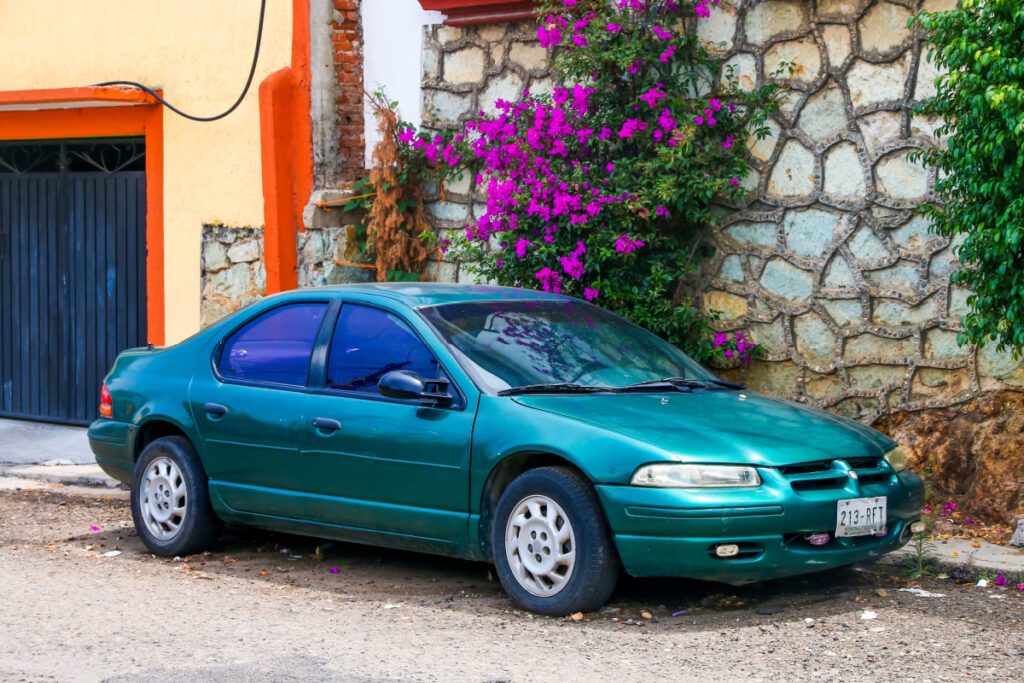
While not necessarily offensive, the design of the Dodge Stratus was often described as bland and uninspiring. Its rounded features and lack of striking design elements made it easily forgettable.
Dodge Diplomat
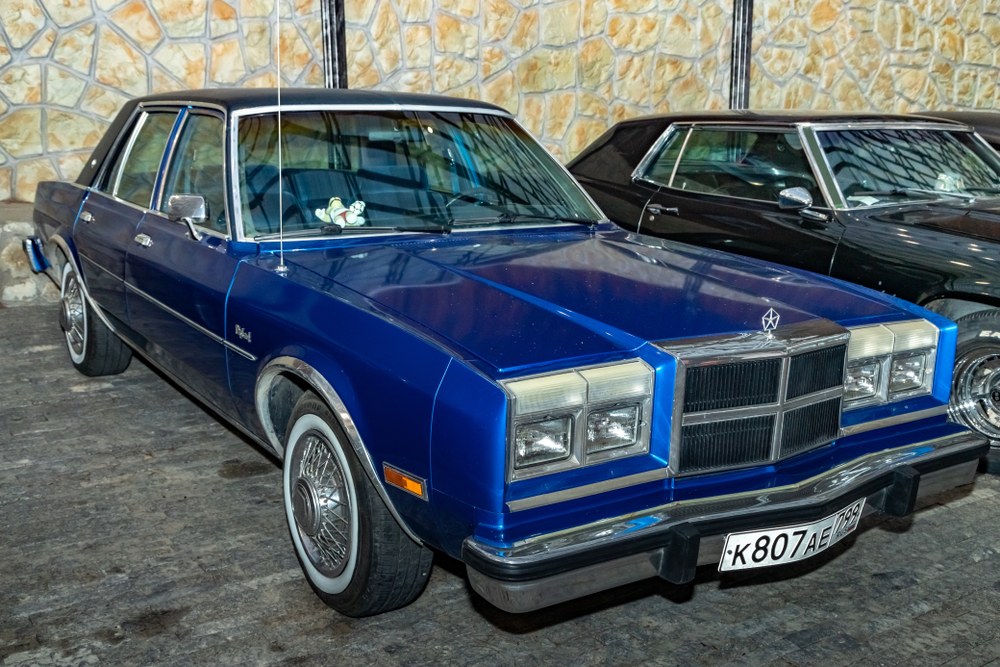
Aimed at the fleet market, the Dodge Diplomat was built for utility, not for style. Its square body and nondescript features were not designed to turn heads, making it a rather unattractive choice for personal use.
Dodge Magnum
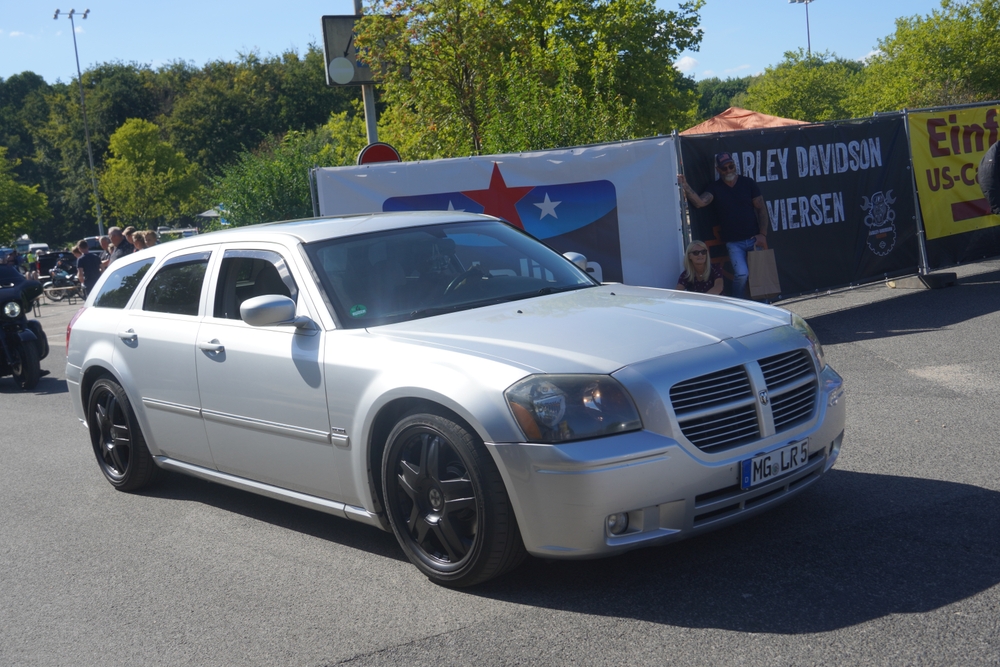
Though it had a loyal following, the Dodge Magnum was often criticized for its long roof and somewhat bulky appearance, making it appear more like a hearse to some critics than a performance wagon.
Dodge Neon
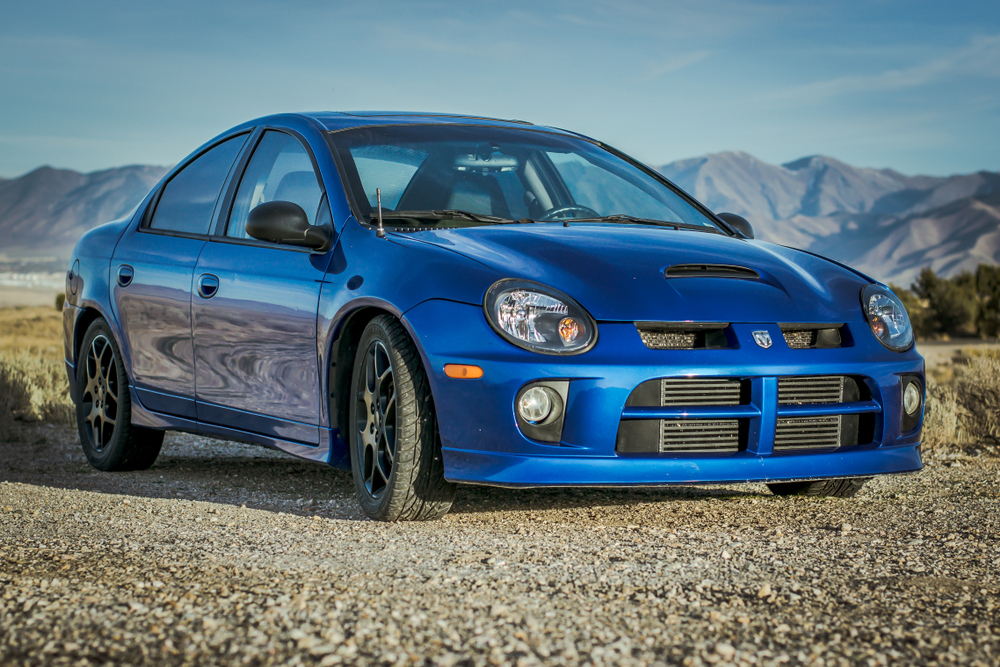
Particularly, the first-generation model, the Neon, was criticized for its “cute” appearance that didn’t quite jibe with Dodge’s more muscular or performance-oriented offerings.
Dodge Dart
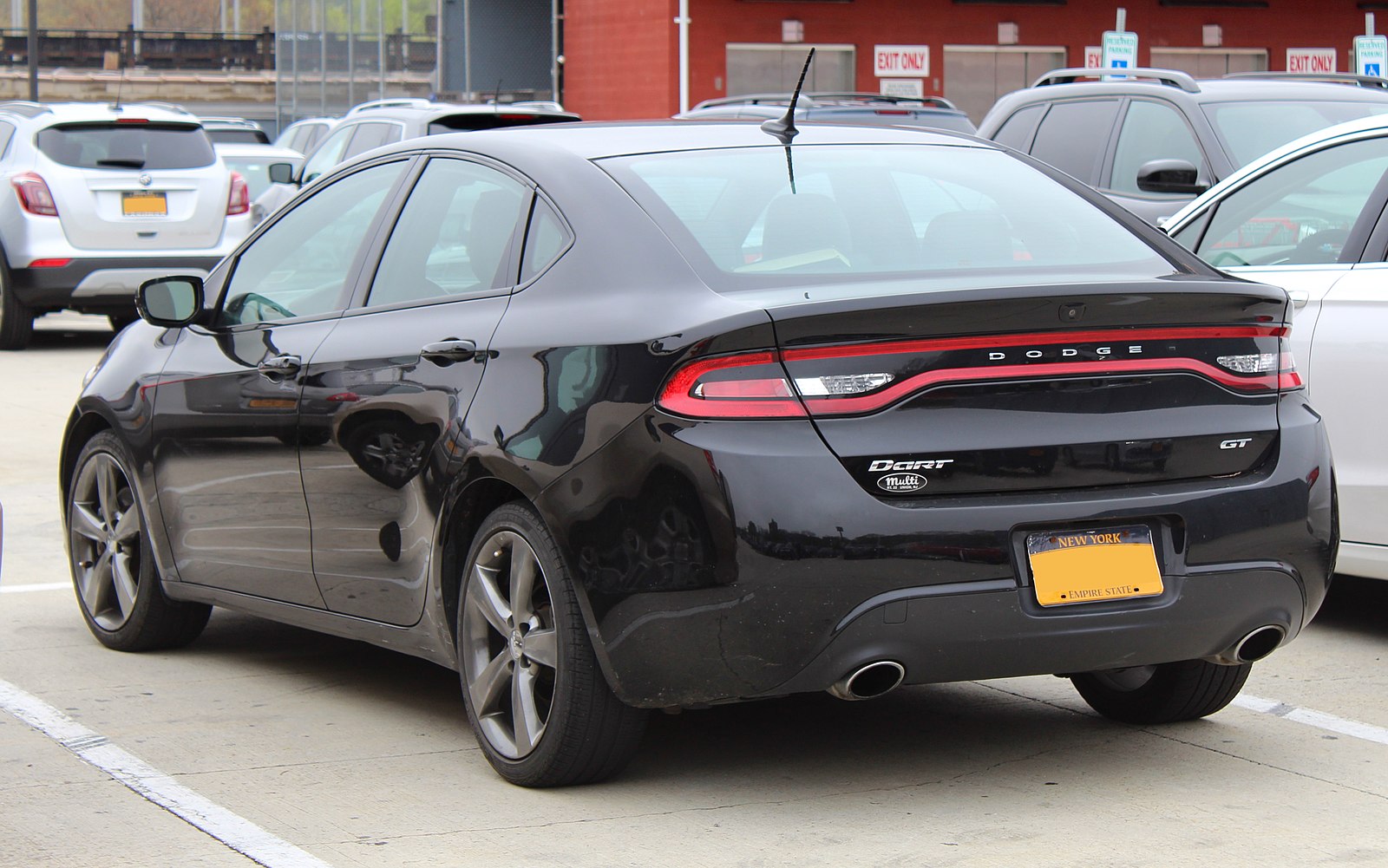
The modern Dodge Dart was reintroduced in 2013 as a compact sedan, but it failed to gain traction in a competitive segment. Criticized for its underwhelming power from the base 2.0-liter engine and the 1.4-liter turbo that lacked refinement, the Dart struggled with reliability issues and a lack of the driving dynamics expected by enthusiasts. Its design was fairly conservative, failing to stand out in a market that valued both aesthetics and performance.
Dodge Dynasty

The Dodge Dynasty was designed as a mid-size sedan that prioritized comfort over style. Its boxy design was seen as outdated even at the time of its release, and it offered little in terms of innovation or excitement. Equipped with underpowered engines and a soft suspension, it was meant for fleet sales more than individual excitement, contributing to its lackluster sales and reception.
Dodge Shadow
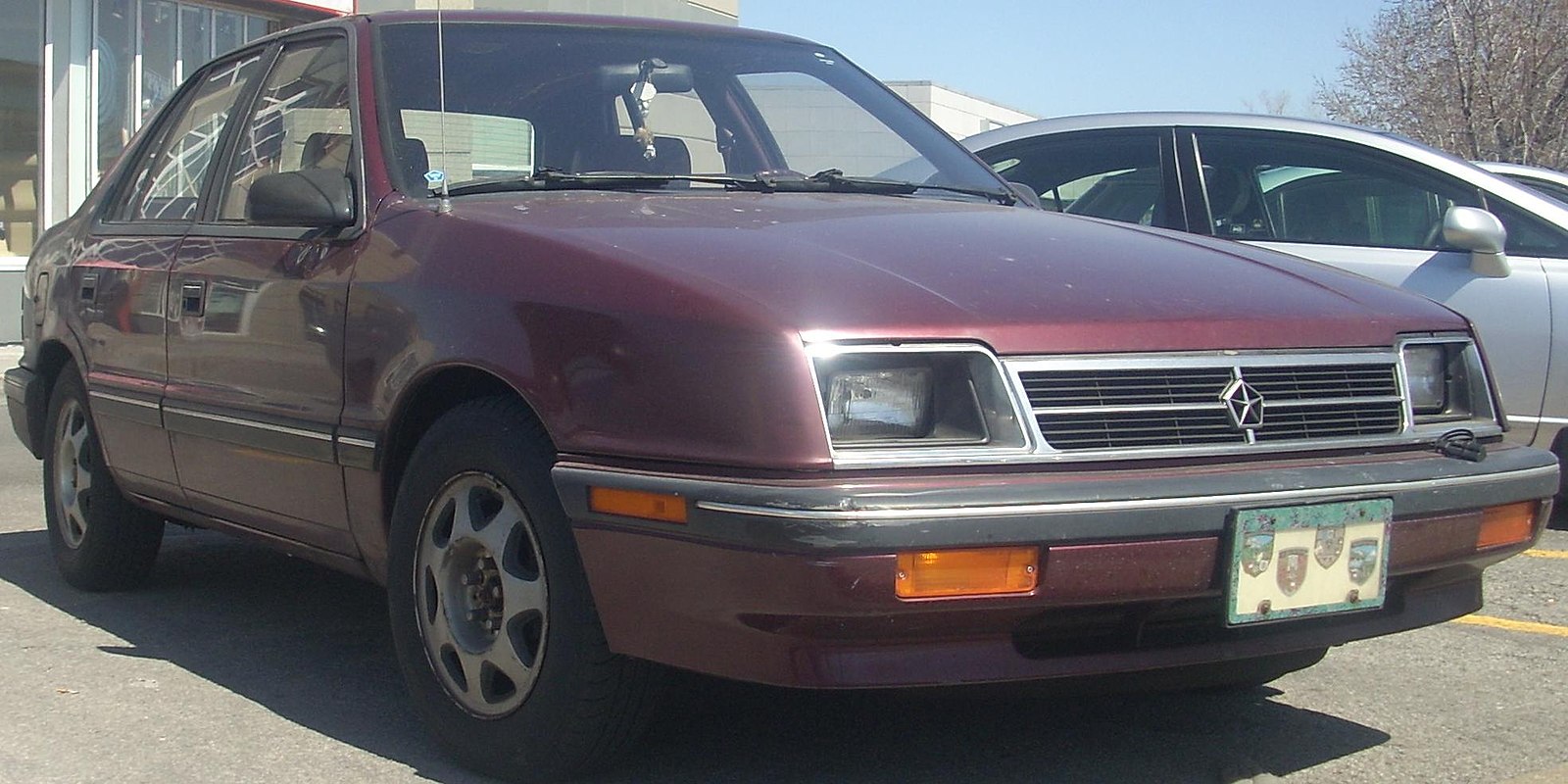
The Dodge Shadow was an attempt at entering the compact car market but was often overshadowed by more established competitors. Its build quality and design were mediocre, and while it was affordable, it failed to offer the reliability or the driving enjoyment of its rivals. The Shadow’s engines, ranging from a weak 2.2-liter naturally aspirated to a more peppy 2.5-liter turbo, did not do enough to boost its appeal.
Dodge Spirit

Marketed as a family sedan, the Dodge Spirit was essentially a rebadged Plymouth Acclaim. It suffered from a bland design and was equipped with uninspiring engine options that did little to excite the market. Despite its roomy interior and affordable price, the Spirit was quickly forgotten in a segment filled with stronger contenders.
Dodge Raider
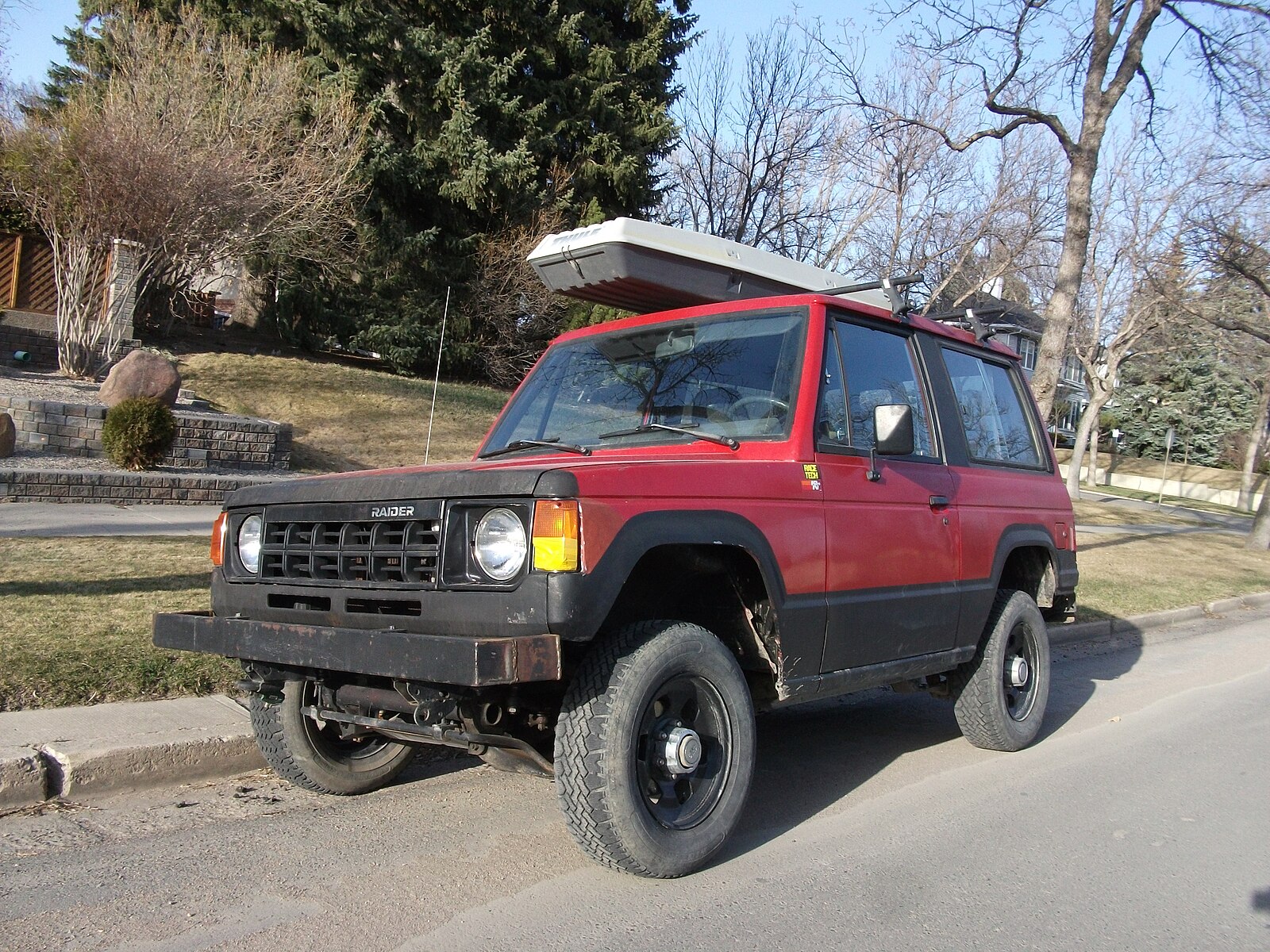
A rebadged version of the Mitsubishi Pajero/Montero, the Dodge Raider was a compact SUV that didn’t resonate with American consumers due to its small size and less powerful engines. Its attempt to capitalize on the growing SUV market was hampered by its cramped interior and limited off-road capabilities compared to larger SUVs of the time.
Dodge Mirada
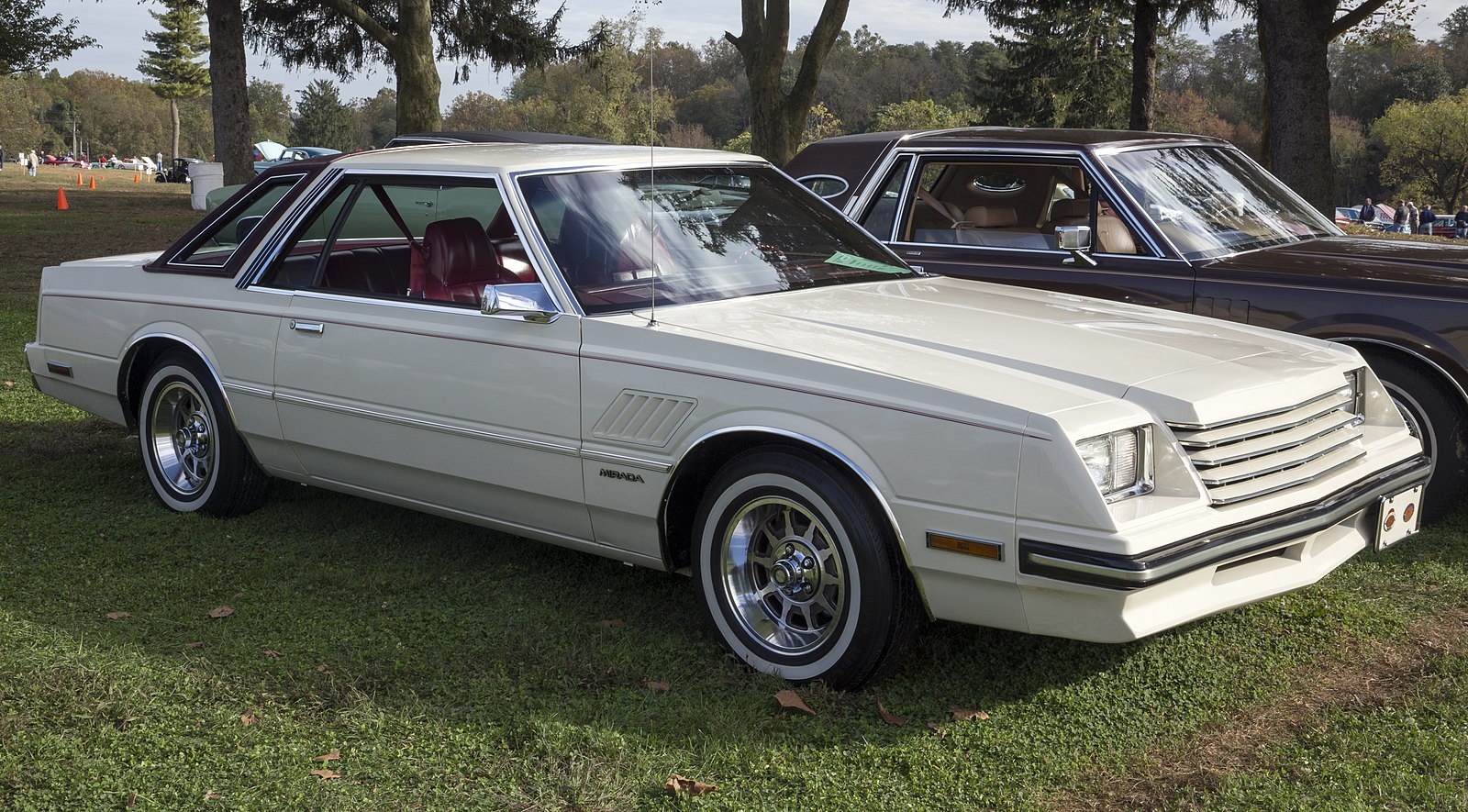
A personal luxury car that failed to make a significant impact, the Dodge Mirada suffered from the malaise era’s typical issues: underpowered engines and a lack of distinctive styling. It was equipped with various V8 options that were throttled by emissions regulations, resulting in poor performance and fuel economy.
Dodge Intrepid
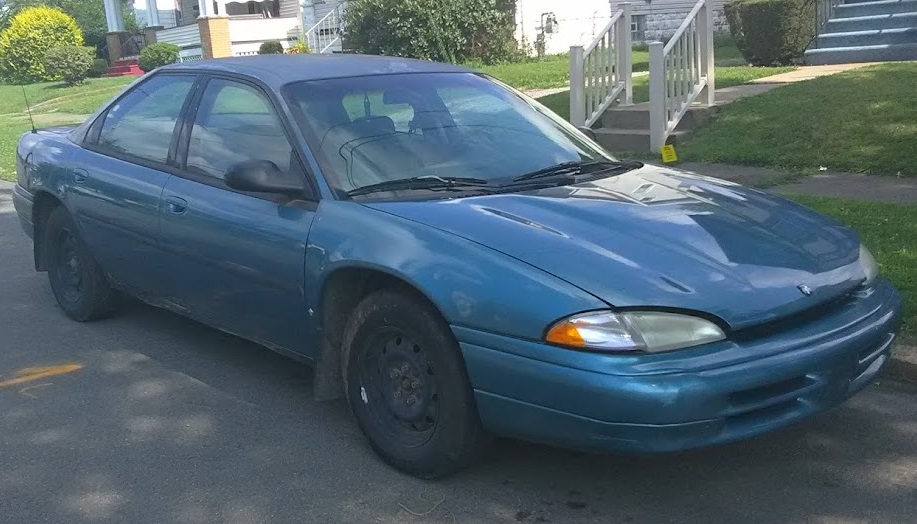
The Intrepid was initially praised for its innovative cab-forward design and spacious interior when it was first released. However, it later faced criticism due to reliability issues, particularly with its 2.7-liter V6 engine, which was prone to serious mechanical failures. Its quality concerns overshadowed its initial acclaim, leading to a decline in consumer trust and sales.
Dodge Monaco
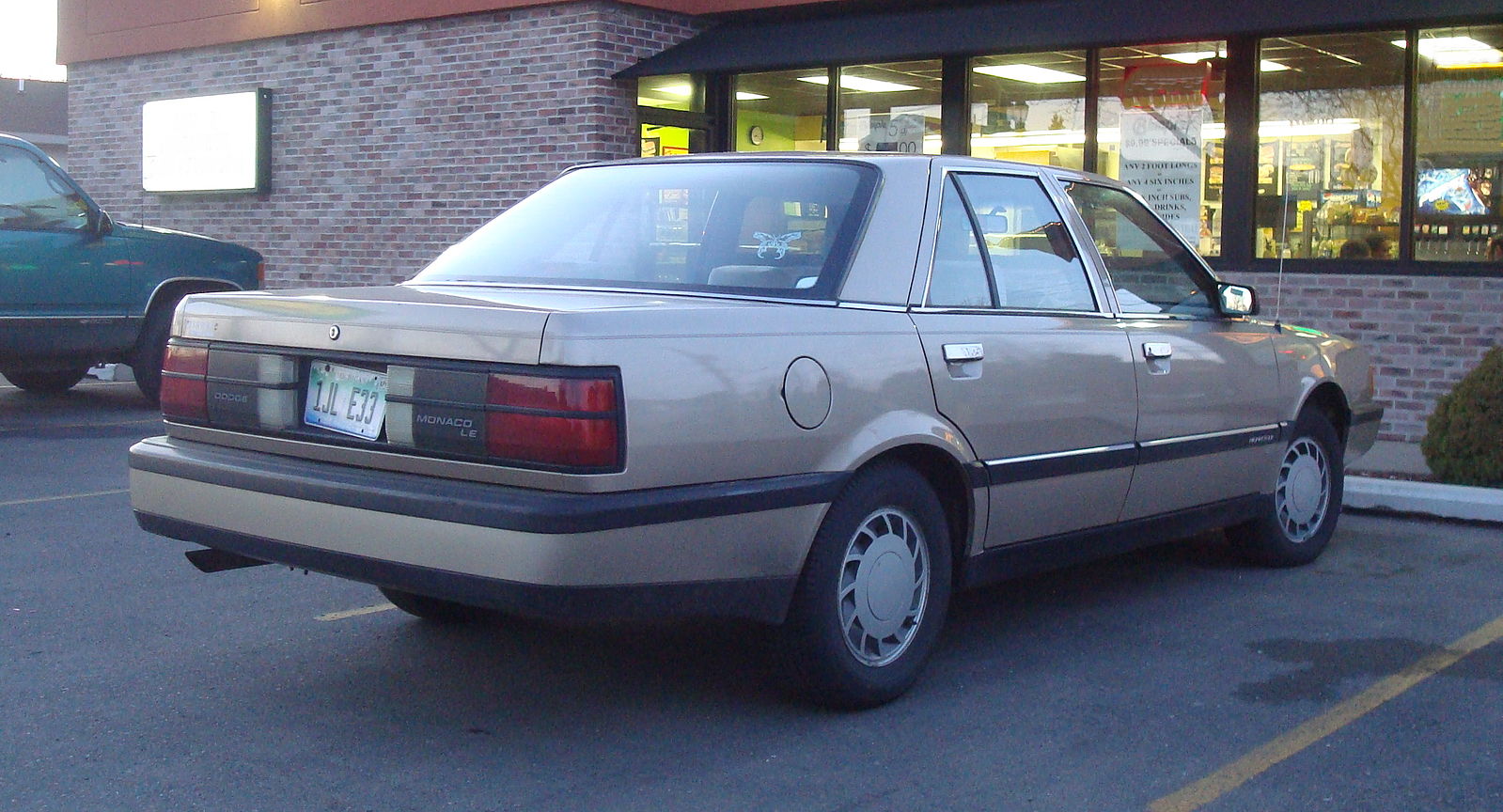
Revived briefly in the early ’90s, the Dodge Monaco was a rebadged version of the Eagle Premier. It struggled in the market due to its nondescript styling and confusion about the brand’s direction. With only a 3.0-liter V6 available, it offered mediocre performance and was discontinued quickly due to poor sales.
Dodge St. Regis
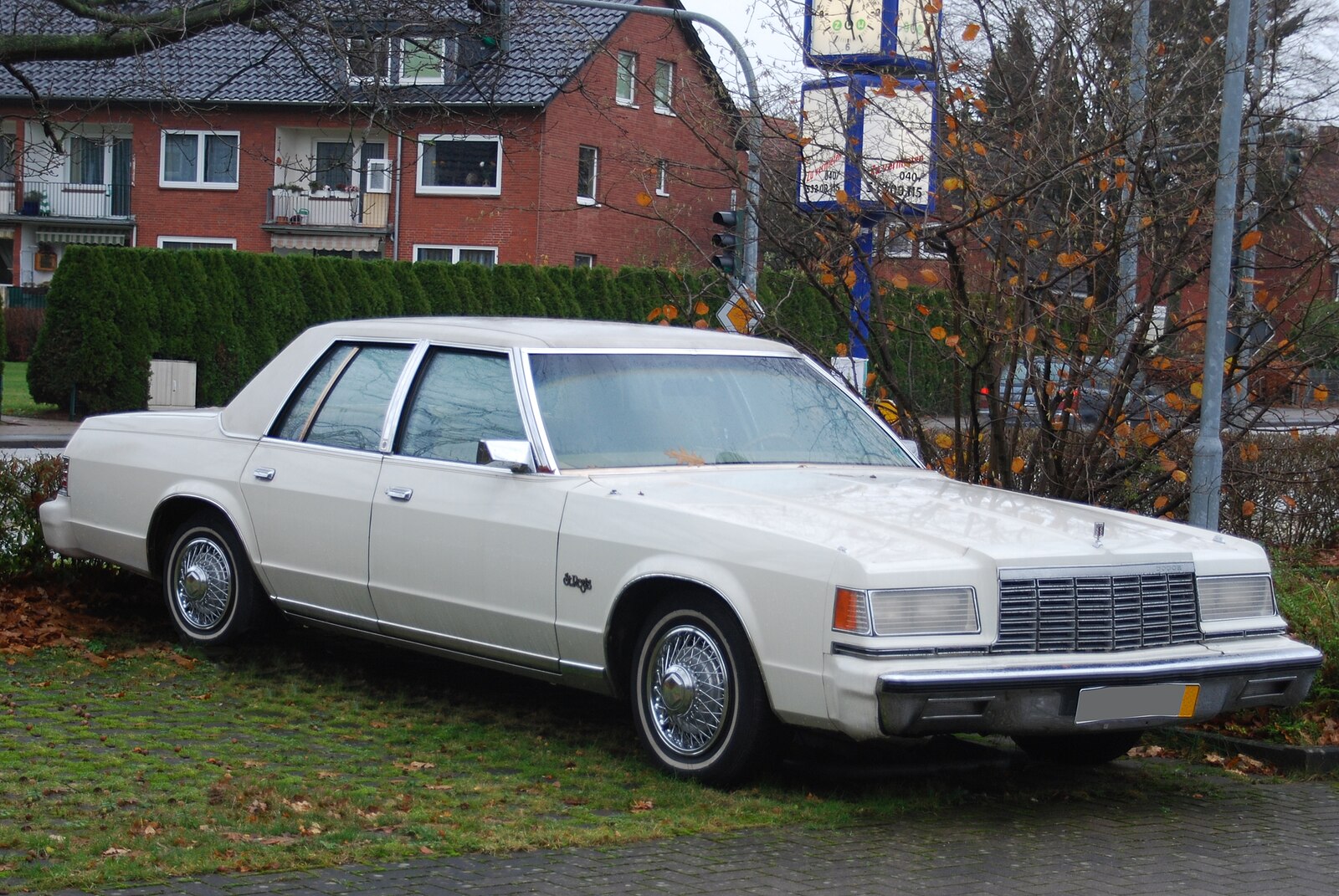
The St. Regis was a full-size sedan that failed largely due to its timing; released during a period of significant downsizing and fuel economy concerns. Its large size and relatively poor fuel efficiency made it unpopular during the oil crisis era. Additionally, its design was seen as staid and unattractive, further limiting its appeal.
Dodge Journey
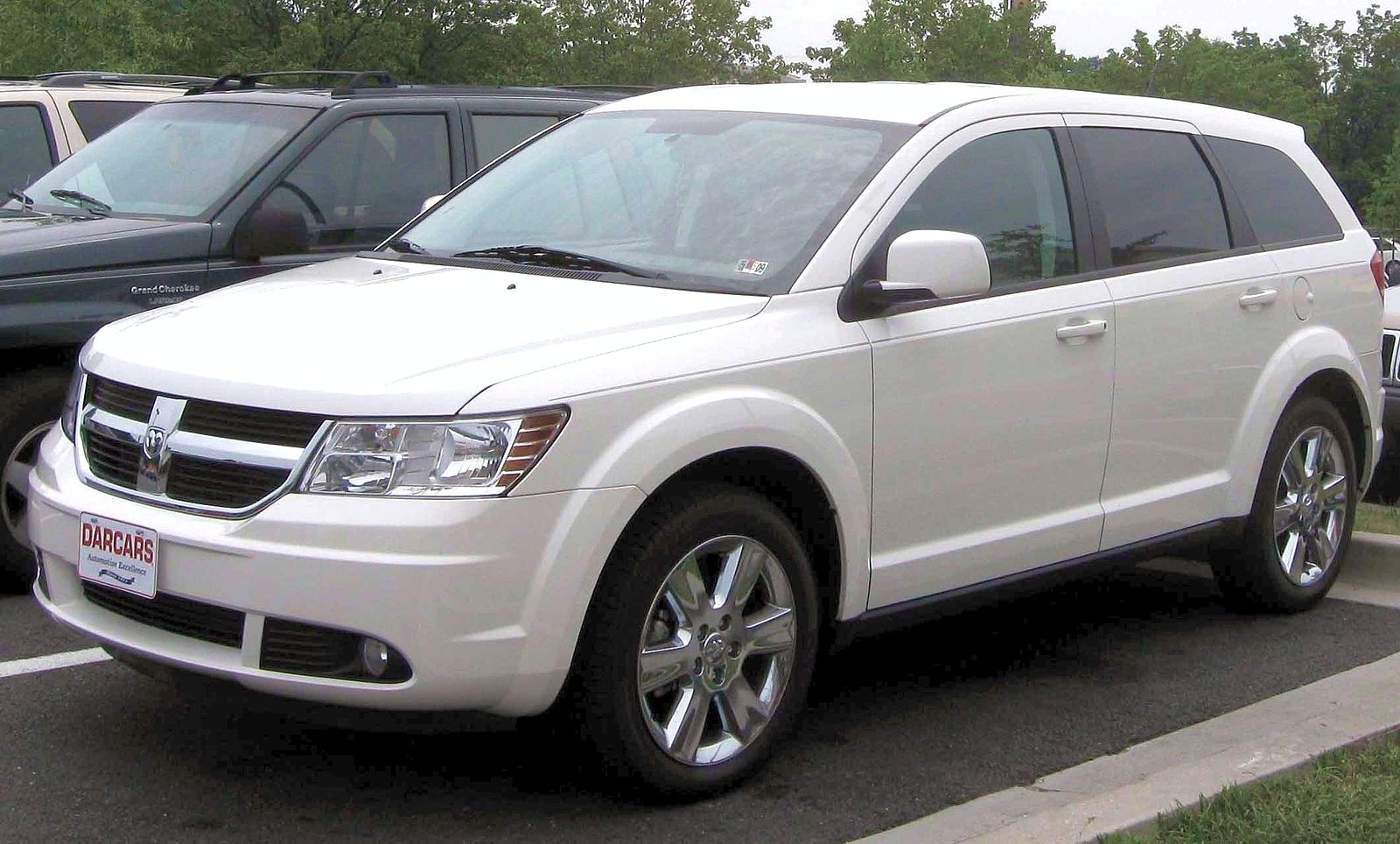
The Journey crossover was criticized for its outdated platform, lackluster performance, and poor fuel economy. Even though it offered three-row seating and was priced competitively, it couldn’t compete with more modern and fuel-efficient competitors, leading to declining popularity and eventual discontinuation.
Dodge Viper

Although the Viper is a celebrated sports car, its early models were criticized for their lack of modern amenities, including ABS and traction control, making them challenging to drive. The Viper’s aggressive design and powerful engine were appreciated, but its impracticality and harsh ride limited its market success compared to more refined sports cars.
This article originally appeared on MyCarMakesNoise.
More from MyCarMakesNoise
The Top 20 Bestselling American Cars in History
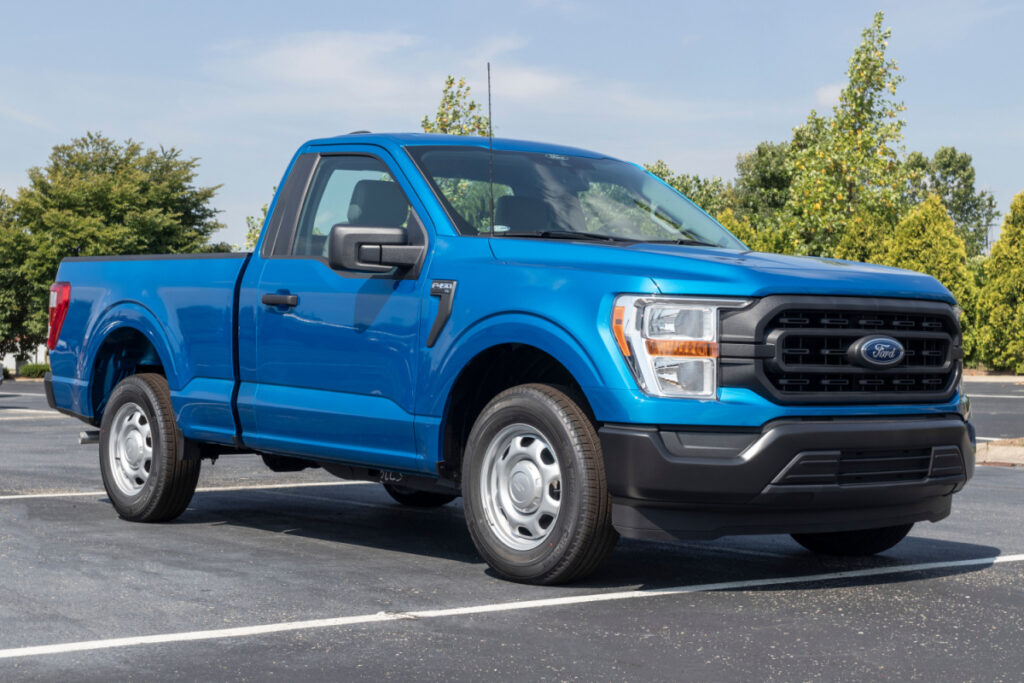
Throughout this journey, certain models have captured the hearts of consumers more than others, selling in astounding numbers and carving their names into automotive history. Read More.
The Best Midsize Truck Options You Can Buy
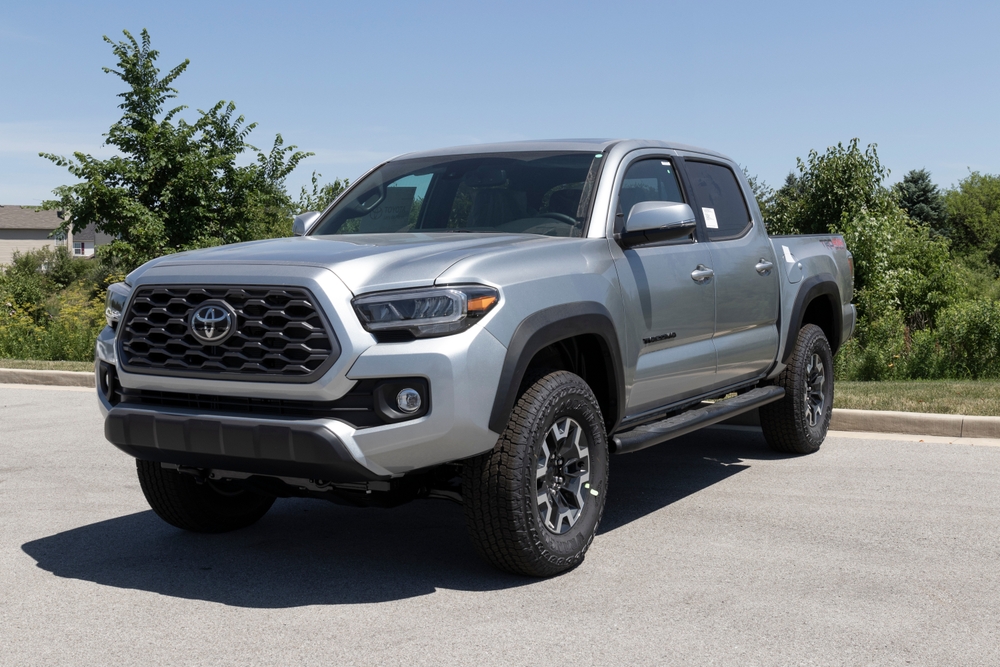
From hauling heavy loads to off-road escapades, mid-size pickup trucks are the versatile workhorses bridging the gap between larger, more cumbersome trucks and smaller, less capable vehicles. These trucks have rapidly grown in popularity, offering the perfect blend of utility, comfort, and performance. Read More.
Classic Cars That Illuminate with Pop-Up Headlights
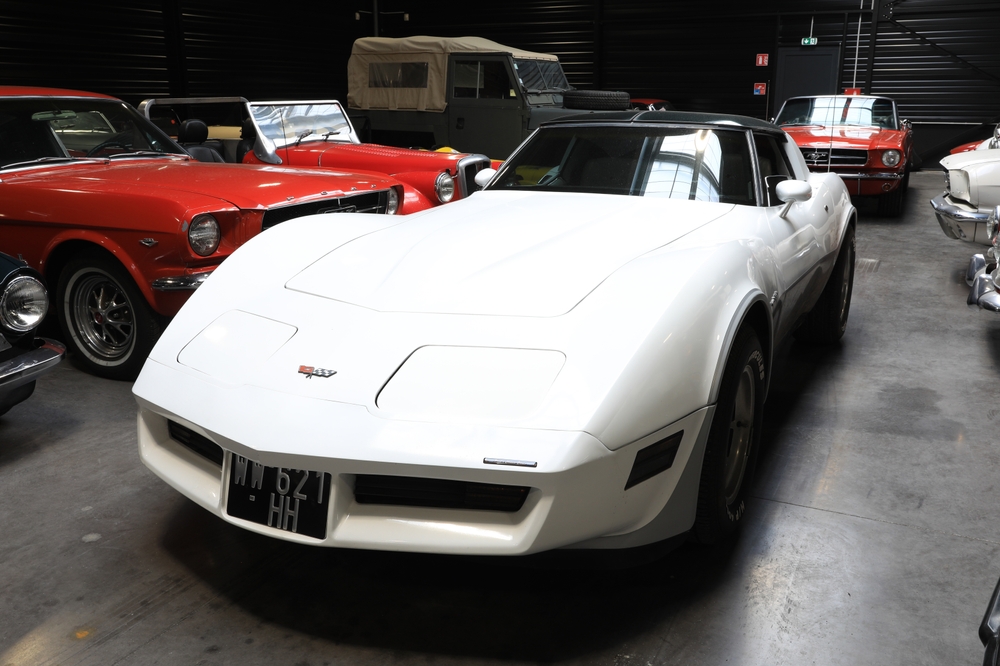
These iconic features not only served a functional purpose but became emblematic of automotive design during the late 20th century. Read More.

